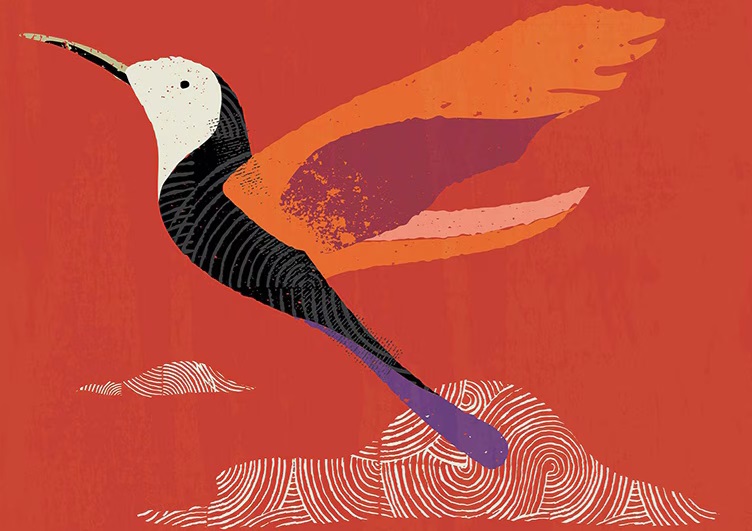Describe Images Using the Local REST Provider Ollama
Perform an image-to-text transformation by supplying an image along with a text question as the prompt by accessing open LLMs, using the local host REST endpoint provider Ollama.
Ollama is a free and open-source command-line interface tool that allows you to run open LLMs (such as Llama 3, Llava, Phi 3, Mistral, or Gemma 2) locally and privately on your Linux, Windows, or macOS systems. You can access Ollama as a service using SQL and PL/SQL commands.
Here, you can use the UTL_TO_GENERATE_TEXT function from either the DBMS_VECTOR or the DBMS_VECTOR_CHAIN package, depending on your use case.
WARNING:
Certain features of the database may allow you to access services offered separately by third-parties, for example, through the use of JSON specifications that facilitate your access to REST APIs.
Your use of these features is solely at your own risk, and you are solely responsible for complying with any terms and conditions related to use of any such third-party services. Notwithstanding any other terms and conditions related to the third-party services, your use of such database features constitutes your acceptance of that risk and express exclusion of Oracle's responsibility or liability for any damages resulting from such access.
To describe the contents of an image, by prompting with the following image of a bird and the text question "Describe this image?", by calling a local LLM using Ollama:

Description of the illustration bird.jpg
Related Topics
Parent topic: Describe Image Content